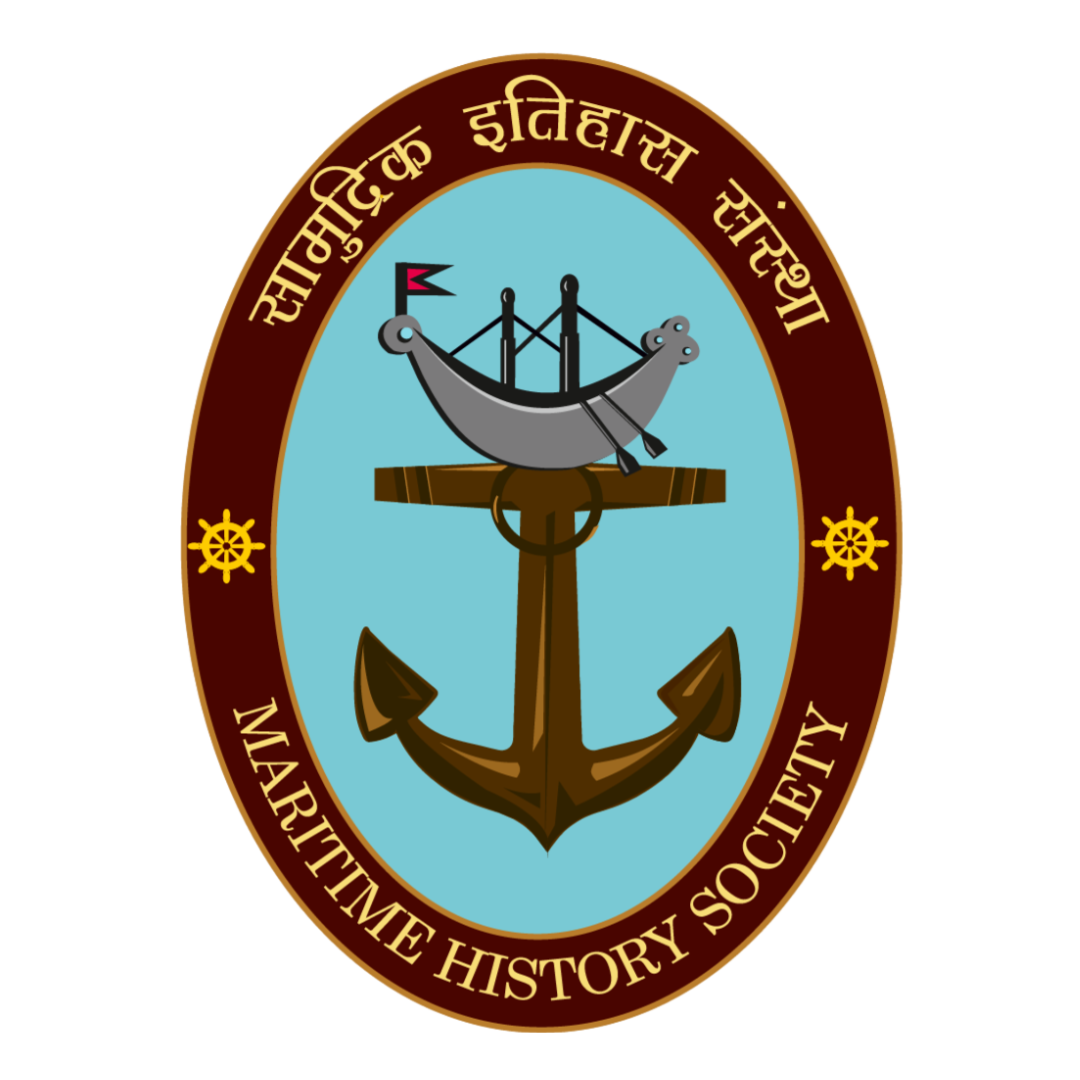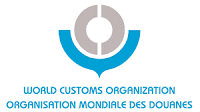“We do this job because every once in a while, someone is out there without hope, desperately praying for their life, and we get to be the answer.” ― Coast Guard (U.S.)
Uma Kabe, (Project Research Associate, Maritime History Society)
The Indian Coast Guard is recognised as the maritime law enforcement and search and rescue agency of India with jurisdiction over the Territorial Waters, Contiguous Zone and Exclusive Economic Zone (EEZ). India primarily has three layered security – the Coastal Police monitor the Coastal waters up to 5 miles, and the Indian Coast Guard in collaboration with the Indian Navy (IN) monitor the maritime zones up to the EEZ and beyond as mandated in their charter. All these three agencies work in close cooperation to secure the vast coastline of the country. Operating under the Ministry of Defence (MoD), the Indian Coast Guard was established on the 1st of February 1977 as an interim law enforcement agency safeguarding the Indian Coasts with two small corvettes and five patrol boats handed over from the IN.[1] Later on 18 August 1978, the passing of the Coast Guard Act indicated a formal go-ahead from the Parliament for the establishment of the Indian Coast Guard as the duties and the functions of the service were also codified in the Act.[2]
[1] Indian Coast Guard, ‘History’, accessed and retrieved through,
[2] Ibid.
Figure 1: Anti-Smuggling and Narcotics Control
Post its establishment under the Indian Coast Guard Act of 1978, the Indian Coast Guard was primarily envisaged to undertake peacetime tasks that would guarantee the safety of India’s Maritime Zones. The Indian Coast Guard ships and aircraft undertake regular patrols to enforce maritime laws with regard to poaching, smuggling, illicit trafficking of narcotic drugs and psychotropic substances[1], IUU fishing and other Indian regulations and international treaties to which India is a signatory. The operations carried out by the Indian Coast Guard ships and aircraft further help mitigate the effect of maritime accidents, and help in ensuring safety and security from natural or man-made disasters. The Indian Coast Guard aids in the collection of relevant information regarding the meteorological and oceanographic data for analysis and used by the scientific fraternity while undertaking the operations as suggested in their mandate. The Indian Coast Guard plays a crucial and critical role to conserve and protect the marine environment and ecology.
History of the Indian Coast Guard:
Smuggling through the sea was ubiquitous and jeopardized the economy of the country. Customs and the Fisheries Department, two existing maritime agencies, lacked the expertise to combat this copious smuggling. The establishment of the Indian Coast Guard was proposed by the IN since the 1960s as the IN was called on by the various authorities to not just monitor the long and vast coastline of the country but also to assist anti- drug/ smuggling activities. It was evident that deploying the naval warships and assets of strategic value would not be the best solution for such jobs. The setting up of an ancillary service tasked to carry out “safety and Protection” tasks in the Indian Waters was therefore felt necessary.[2] A Nag Committee under the chairmanship of Dr. BD Nag Chaudhari with Air Chief Marshal O.P.Mehra and Admiral RD Katari IN (Retd) amongst others, was constituted in 1970s which recommended the setting up of a separate marine force to combat smuggling.[3] Constant discussions and deliberations by the IN with the Parliament ultimately bore fruits of success and the Government agreed for the institution of the Coast Guard. The Indian Coast Guard and Customs Marine Organisation were integrated under the Department of Revenue in order to improve the service’s capabilities in relation to this job. It has now become the premier security agency and has played a crucial and critical role in multiple live saving and various other operations.
The Indian Coast Guards involvement in Operation Alondra Rainbow[4] helped the service win laurels and international recognition. In November 1999, a tip was received by Indian Coast Guard apropos, a merchant vessel loitering off the Sri Lankan Coast. The Indian Coast Guard aircraft shadowing the vessel indicated that the vessel displayed its name as Mega Rama. Immediately, the international piracy centres post verification confirmed that the credentials of Mega Rama were suspicious as such a vessel did not exist. The physical characteristics confirmed to the pirated Japanese ship, MV Alondra Rainbow. As soon as MV Mega Rama entered the Indian waters, she was tailed by Indian Coast Guard Interceptor boats but it refused to stop. In order to evade the interception, MV Mega Rama slipped away into the Mid-Arabian Sea. The IN was by then alerted of the situation and in a joint operation MV Mega Rama was successfully intercepted around 800 km from the Indian Coast. This joint operation of the IN and the Indian Coast Guard helped reiterate the fact that law enforcement aspects of the constabulary role within the Maritime Zones of India (MZI) Act have been transferred to the Indian Coast Guard.
Over the years:
Over the years, especially after the 26/11 Mumbai terror attacks in 2008, there has been a drastic increase in the number of Indian Coast Guard assets and the Indian Coast Guard has been appointed as the competent authority accountable for coastal security in territorial waters which are under the jurisdiction of Coastal Police. The Indian Coast Guard carries out large-scale Coastal Security Exercises (Exercise Sea Vigil) and Coastal Security Operations to strengthen the nations coastal security framework. The Indian Coast Guard since its inception has intercepted many vessels transhipping contraband valued at about Rs. 1120.314 Cr.[5] India is a signatory to Regional Cooperation Agreement to Combat Piracy and Armed Robbery (ReCAAP) and the Indian Coast Guard is the nodal agency to keep a check on India’s treaty obligations under ReCAAP.
[1] Indian Coast Guard, ‘Anti-Smuggling and Narcotics Control’, accessed and retrieved through,
https://joinindiancoastguard.cdac.in/asnc.html
[2] Indian Coast Guard, ‘History’, accessed and retrieved through,
[3] Capt M Doraibabu, NM, and Cdr Amrut Dilip Godbole, ‘A Decade of Transformation: Signalling Power and Partnerships’, Indian Navy, Harper Collins.
[4] Admiral Sushil Kumar, ‘When the Indian Navy helped catch Japan’s stolen ship – and what Vajpayee did’, The Print, accessed and retrieved through,
[5] Indian Coast Guard, ‘Anti-Smuggling and Narcotics Control’, accessed and retrieved through,
https://joinindiancoastguard.cdac.in/asnc.html
Figure 2: Search and Rescue Mission by INDIAN COAST GUARD
Indian Coast Guard being the primary agency to coordinate the Search and Rescue (SAR) ensures the near-continuous presence of its units at sea to provide the ‘first response’ to an emergent situation, onboard a merchant ship or to a fishing boat in distress.[1]
[1] Indian Coast Guard, ‘Search and Rescue’, accessed and retrieved through,
https://joinindiancoastguard.cdac.in/search.html
Figure 3: MEDIVAC/MEDVAC
Authorised to coordinate Medical Evacuation (MEDVAC/MEDIVAC) and Casualty Evacuation (CASEVAC), the Indian Coast Guard equipped with the state of the art ships and aircraft respond to such crisis by providing swift medical care and attention and if necessary evacuating the patient for treatment in the hospitals ashore.[1]
In order to build relations between the coastal seafaring communities and the armed forces, the Indian Coast Guard also conducts Community Interactive Programmes (CIPs) to advise the fisherfolks about the security measures to be undertaken to be the eyes and ears of the Indian Coast Guard at sea to tell them of the suspicious boats, movements and in regards to the actions been taken when having an emergency. Data with respect to the upkeep and maintenance of boats and regulations regarding the positioning of the fishing gear is also disseminated by the Indian Coast Guard during the CIPs.
[1] Indian Coast Guard, ‘MEDVAC/CASEVAC’, accessed and retrieved through,
https://joinindiancoastguard.cdac.in/medvac.html
Figure 4: Marine Pollution Response
Environment protection is a responsibility of the State as enshrined in the Directive Principles of State Policy and Articles 48A and 51A of the Constitution. Moroever, the United Nations Convention on the Law of the Sea (UNCLOS) places an obligation on all states to preserve and protect the marine environment. As a measure to prevent marine pollution[1] mainly due to oil spills, the Indian Coast Guard was delegated to be the lead agency from 1986 to manage and handle marine oil spills at sea.
Conclusion:
Standing true to its motto “Vayam Rakshamah” indicating “We Protect”, the Indian Coast Guard coordinates closely with the central as well as the state law enforcement and intelligence agencies to maintain its omnipresence in the Indian waters to safeguard the Indian Coastal Waters.
[1] Indian Coast Guard, ‘Marine Pollution Response’, accessed and retrieved through,
https://joinindiancoastguard.cdac.in/pollution_responses.html




0 Comments